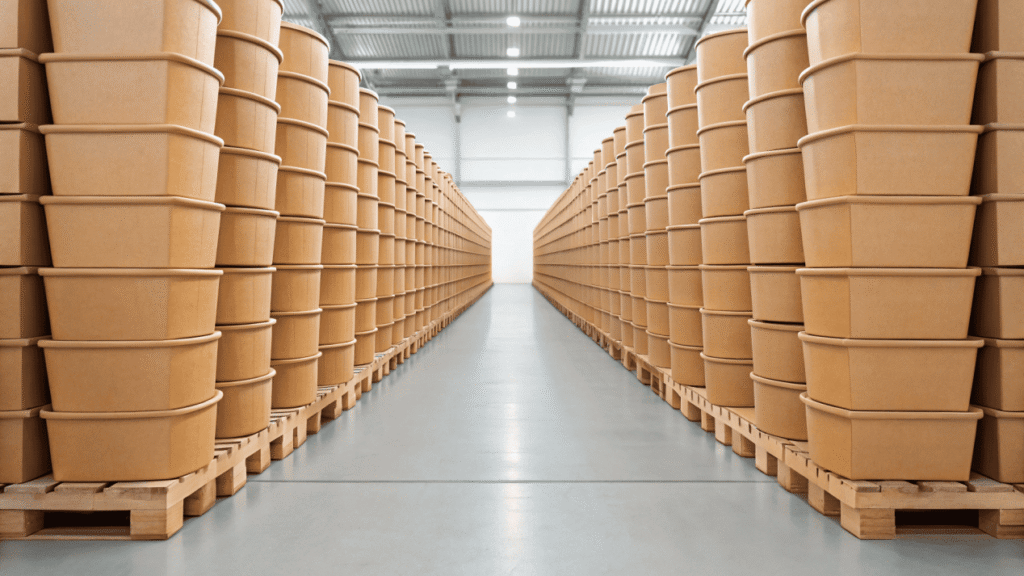You need packaging that keeps soup hot and secure, but your current options are bad for the environment. You risk spills, unhappy customers, and a brand image that isn't eco-friendly.
To choose correctly, you must partner with a direct manufacturer. This ensures you get the right lid for your soup's temperature (CPLA vs. Paper), meet compostability standards, secure a reliable bulk supply, and learn proper storage techniques.
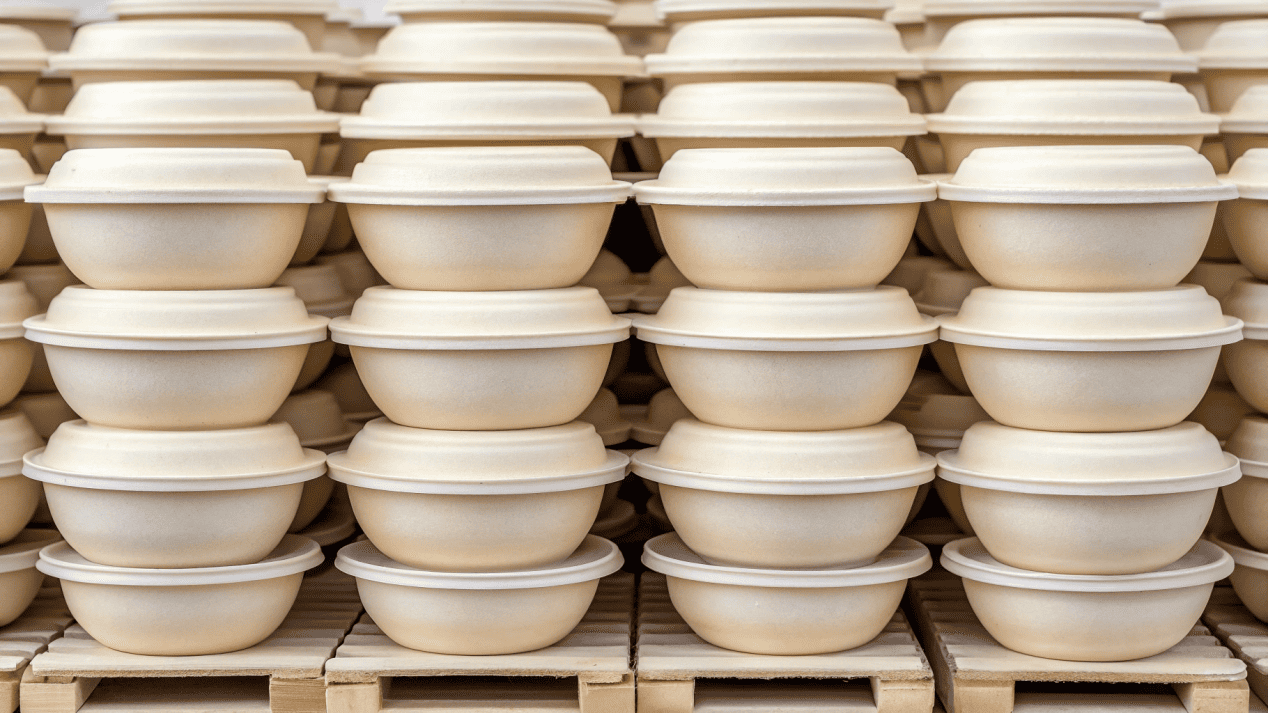
I once helped a large ghost kitchen client who was having a nightmare with their soup delivery. They were using cheap, generic lids that would pop off in transit, creating a huge mess and a stream of customer complaints. They were focused only on the bowl and didn't realize the lid is just as critical. We switched them to the right solution, and it completely changed their delivery game. Choosing the right packaging isn't an expense; it’s an investment in your customer experience.
Which Lid is Truly Better for Hot Soup: CPLA or Vented Paper?
You're worried your lids will get soggy, leak, or pop off from steam pressure. This leads to messy deliveries, frustrated customers, and negative online reviews for your business.
For most standard uses, vented paper lids offer a premium feel and great performance. For extremely hot soups or long holding times, CPLA lids are the superior choice for heat tolerance and a rigid seal.
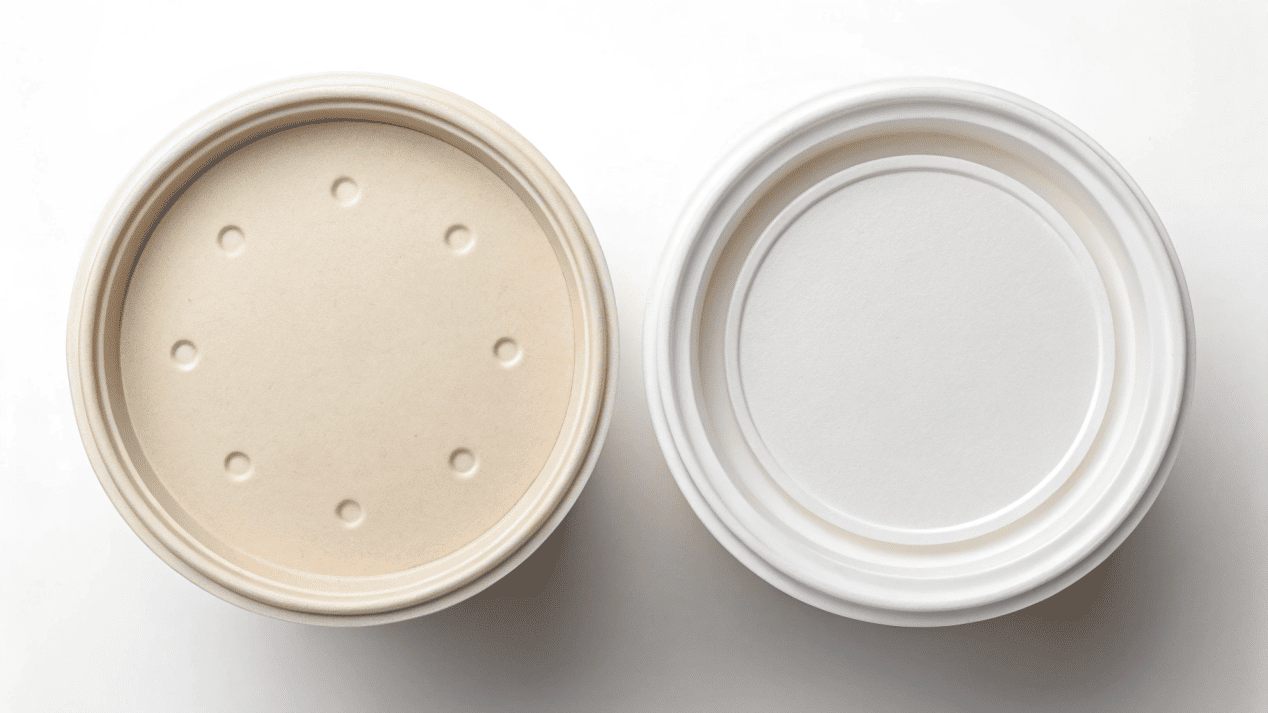
This is the most common technical question I get from my clients, and the answer is about balancing performance with your brand's image. I manufacture both to give my partners the perfect choice for their menu. A vented paper lid is made from sustainably sourced paperboard with a compostable PLA lining, which makes it leak-proof. The tiny vent holes are critical; they let steam escape to stop pressure buildup. They feel premium and look natural. However, for extremely high temperatures, we need to upgrade. That's where CPLA lids come in. CPLA is a special bioplastic made by crystallizing PLA, which dramatically increases its heat resistance up to 200°F (93°C). It offers an excellent, rigid snap-fit. If your soup is exceptionally hot or needs to stay that way for a long time, CPLA is the high-performance champion.
Lid Performance at a Glance
| Lid Type | Best For | Temperature Limit | Key Feature |
|---|---|---|---|
| Vented Paper Lid | Most takeout & delivery | Good heat resistance | Premium, natural feel |
| CPLA Lid | Extreme heat applications | Up to 200°F / 93°C | Maximum rigidity & seal |
How Do You Meet EU & US Compostable Packaging Standards?
You want to claim your packaging is "compostable," but you're afraid of making false claims. Getting this wrong can lead to legal issues and destroy the trust your customers have in your brand.
You must demand proof of certification from your manufacturer. For the US, look for BPI certification. For the EU, look for TÜV Austria certification. These guarantee the product meets strict scientific standards.
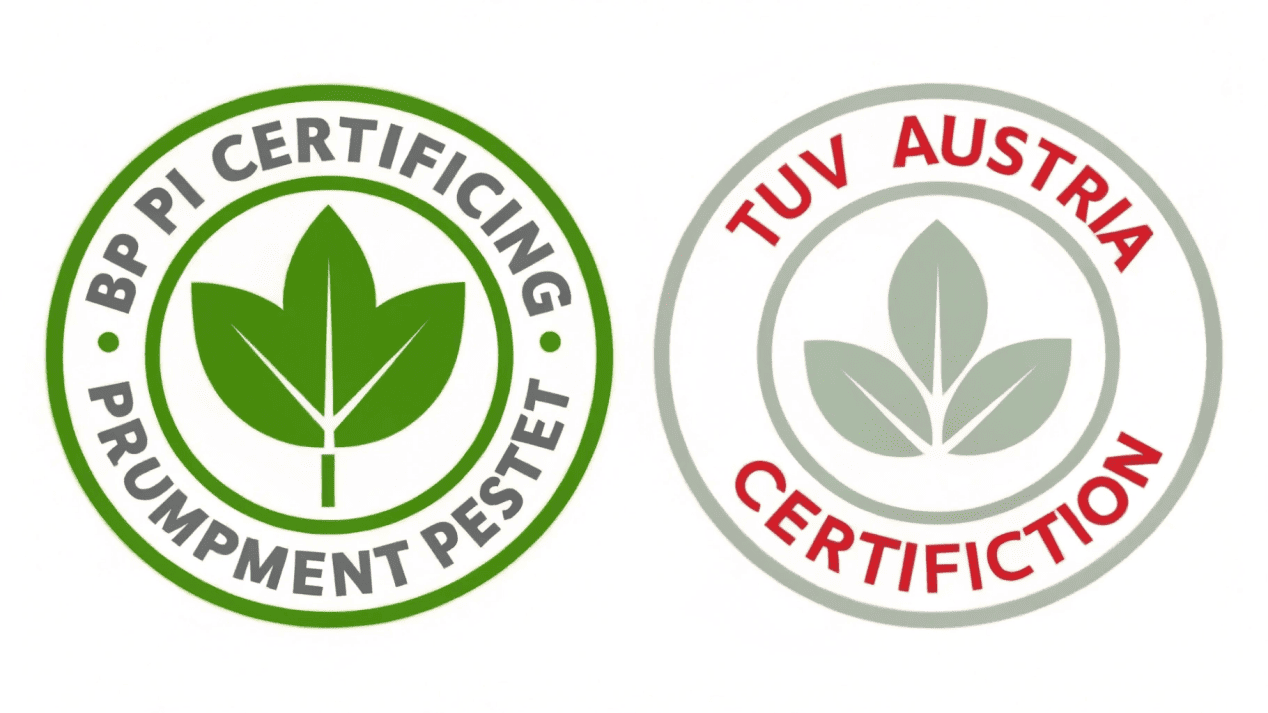
"Compostable" isn't a marketing word; it's a scientific standard. As a manufacturer selling to over 80 countries, I can tell you that making unverified claims is a huge mistake. The only way to be certain is to see the certifications. These are not just logos; they are proof from independent labs that your packaging will break down as promised. In the United States, the main certification to look for is from the Biodegradable Products Institute (BPI). BPI certification means the product has been tested to break down in a commercial composting facility. In the European Union, the gold standard is TÜV Austria's OK compost HOME or OK compost INDUSTRIAL seals. These are some of the strictest standards in the world. When you partner with us, we readily provide all our certification documents. This is how you protect your brand and make a genuine environmental promise to your customers.
How Do You Ensure a Reliable Bulk Supply for Delivery Services?
You run a high-volume business and need tens of thousands of bowls. You worry about a supplier running out of stock or failing to deliver, which would shut down your operations.
Secure your supply by partnering directly with the manufacturer, not a distributor. A direct partnership provides access to dedicated production lines, factory-direct wholesale pricing, and packaging optimized for delivery.
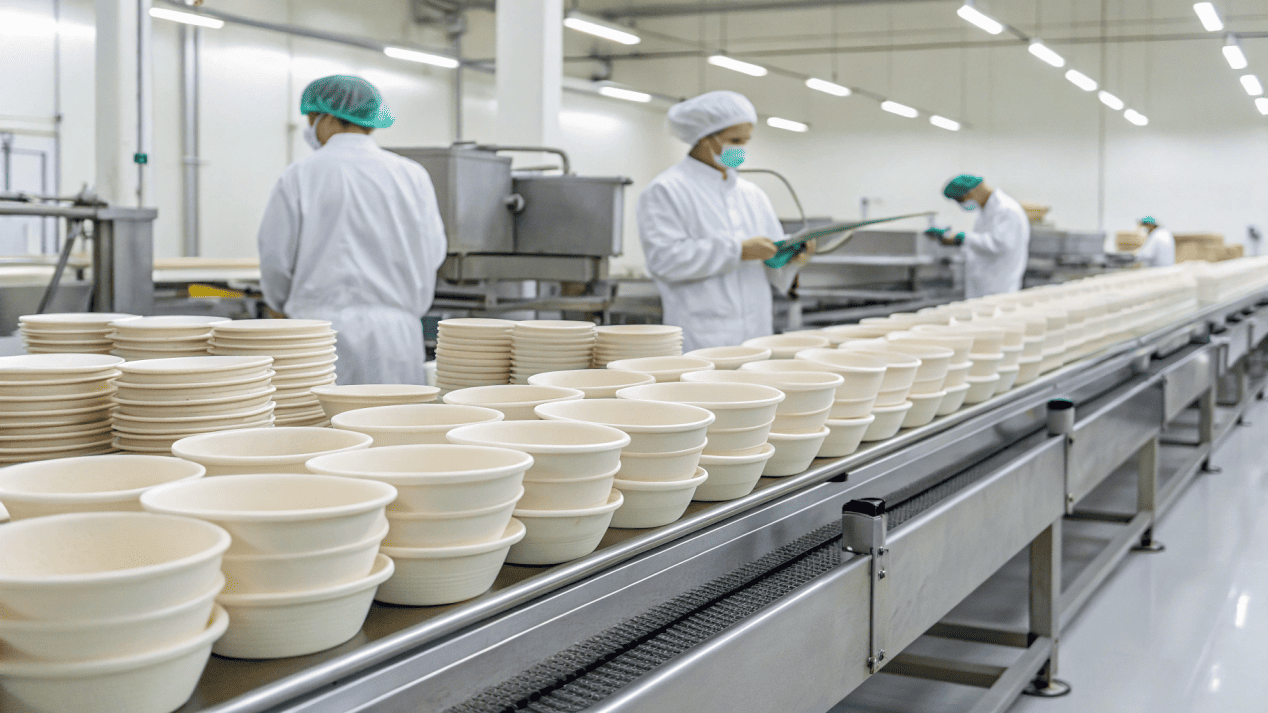
Supplying national chains and large delivery services is all about logistics. I've built my factory to handle this scale. First, we use dedicated production lines for our wholesale partners. This means we can produce millions of identical bowls and lids with consistent quality, ensuring you have an uninterrupted supply. Second, we are the manufacturer, not a middleman. By working directly with us, you skip the distributor's markup, giving you the most competitive wholesale price. You also get direct access to my technical team for any questions or custom needs. Finally, I know the demands of services like Uber Eats and DoorDash. We design our bowls (often from durable bagasse sugarcane) and lids for stacking strength and superior leak resistance. This ensures they survive the journey with a third-party driver and arrive at the customer's door in perfect condition.
How Should You Store Compostable Bowls to Maintain Quality?
You've invested in a large stock of compostable packaging. You're concerned that if stored improperly, the bowls could weaken, deform, or start to break down before you can even use them.
To maintain quality, store compostable packaging in a cool, dry place away from direct sunlight. Use a "First-In, First-Out" (FIFO) inventory system, as the typical shelf life is around 12 months.
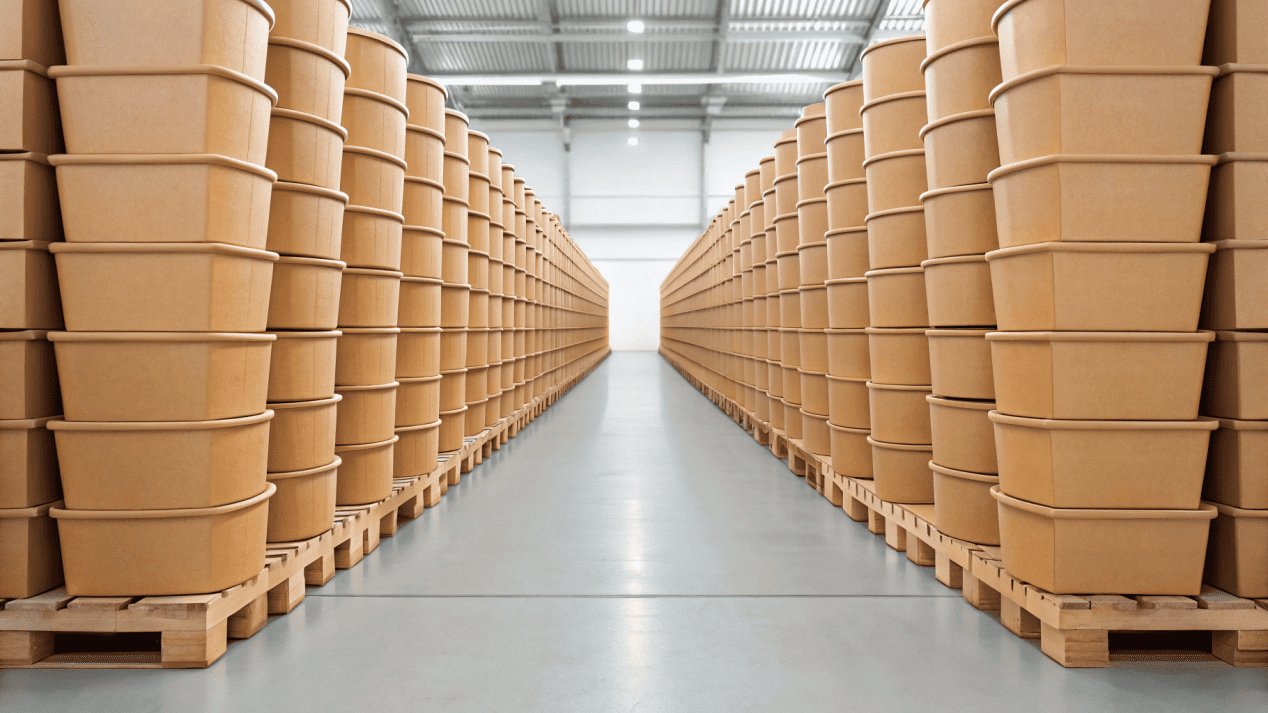
Compostable packaging is designed to break down, so proper storage is essential to preserve it until it's ready for use. I give all my clients these four simple rules. First, and most important, store it in a cool, dry place. High humidity is the enemy; it can soften the material over time. Keep the cartons off the floor and away from any damp areas. Second, control the temperature. Avoid storing them in areas with extreme heat, like near ovens or in direct sun. Third, you need to manage the shelf life. Our compostable products are best used within 12 months of manufacture. I always advise my clients to use a "First-In, First-Out" (FIFO) system, so you always use your oldest stock first. Finally, keep the original packaging sealed. Our export-grade cartons and pallet wrap are designed to protect the bowls from moisture and damage. Don't open them until you're ready to use them.
Conclusion
Choosing wholesale compostable soup packaging is a strategic move. By understanding lids, certifications, supply chains, and proper storage, you can serve your customers sustainably and reliably, enhancing your brand's reputation.
